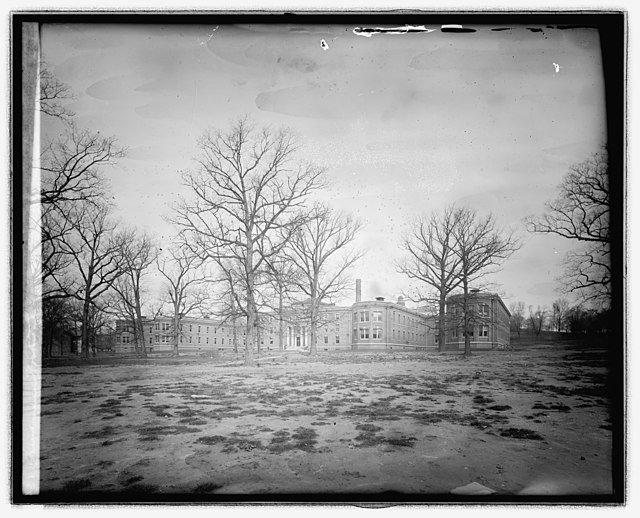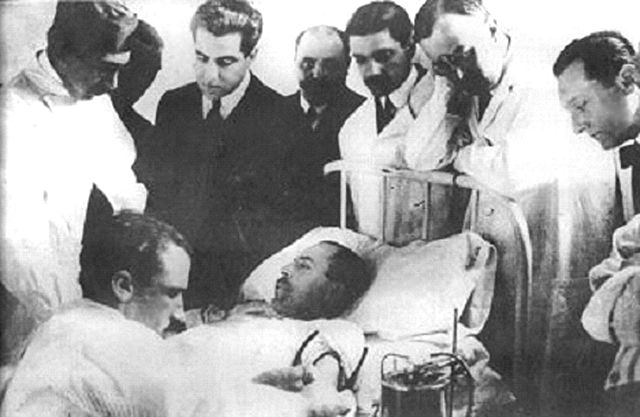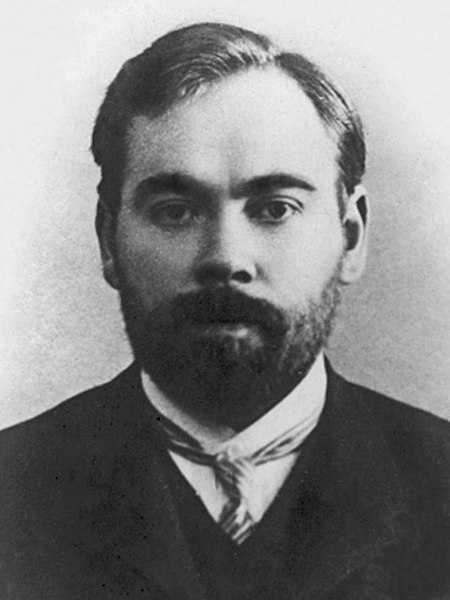Charles Richard Drew was an American surgeon and medical researcher. He researched in the field of blood transfusions, developing improved techniques for blood storage, and applied his expert knowledge to developing large-scale blood banks early in World War II. This allowed medics to save thousands of Allied forces' lives during the war. As the most prominent African American in the field, Drew protested against the practice of racial segregation in the donation of blood, as it lacked scientific foundation, and resigned his position with the American Red Cross, which maintained the policy until 1950.
Charles Richard Drew
Freedman's Hospital between 1910 and 1935
Plasma transfusion package and extractor used to collect plasma from donors
Minnie Lenore Robbins with NIH Director, Donald Frederickson, unveiling of bust and exhibit of her husband, 1981
A blood bank is a center where blood gathered as a result of blood donation is stored and preserved for later use in blood transfusion. The term "blood bank" typically refers to a department of a hospital usually within a clinical pathology laboratory where the storage of blood product occurs and where pre-transfusion and blood compatibility testing is performed. However, it sometimes refers to a collection center, and some hospitals also perform collection. Blood banking includes tasks related to blood collection, processing, testing, separation, and storage.
Blood bank in France
Luis Agote (second from right) overseeing one of the first safe and effective blood transfusions in 1914
World War II Russian syringe for direct inter-human blood transfusion
Alexander Bogdanov established a scientific institute to research the effects of blood transfusion in Moscow, 1925.








